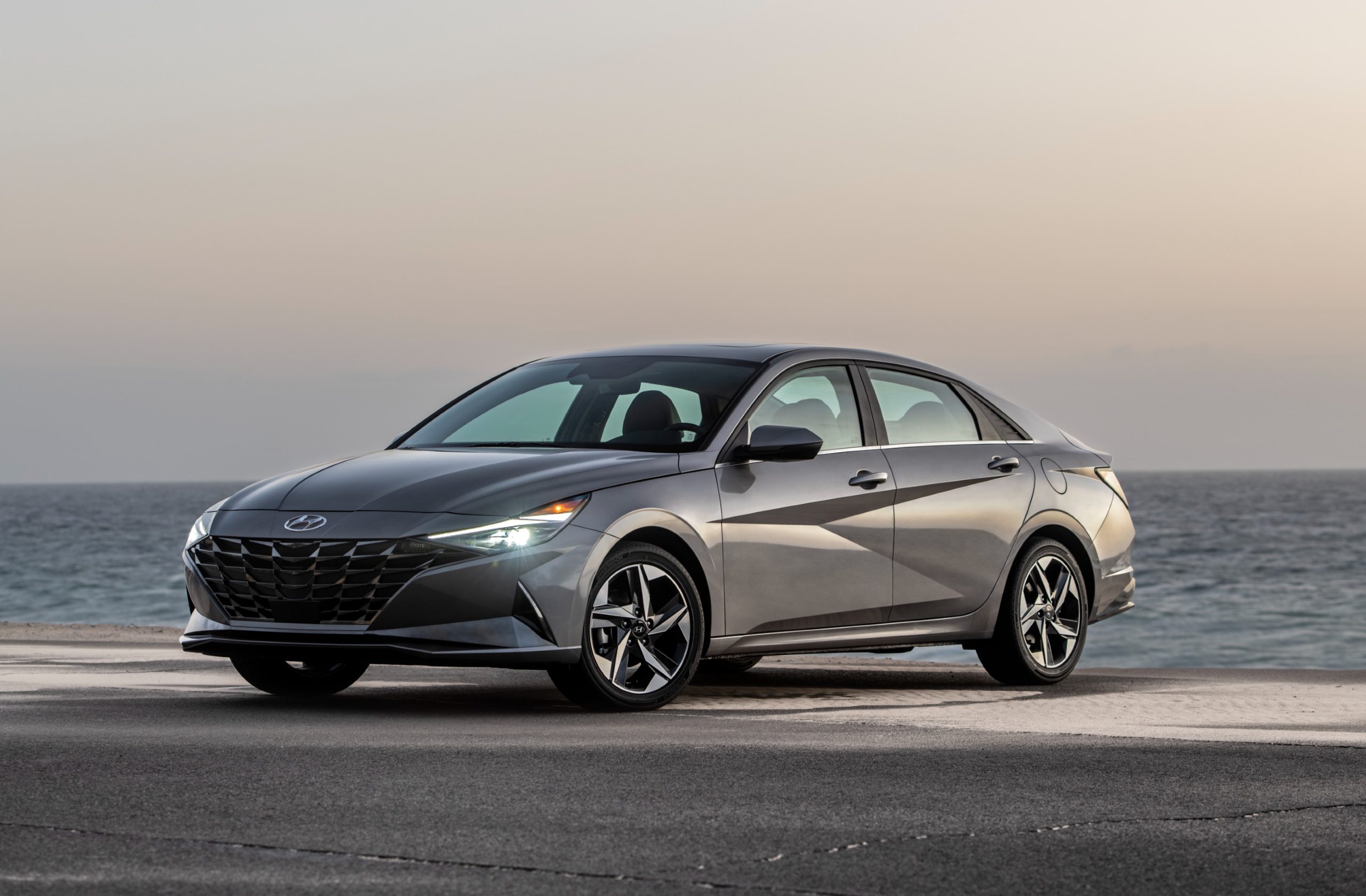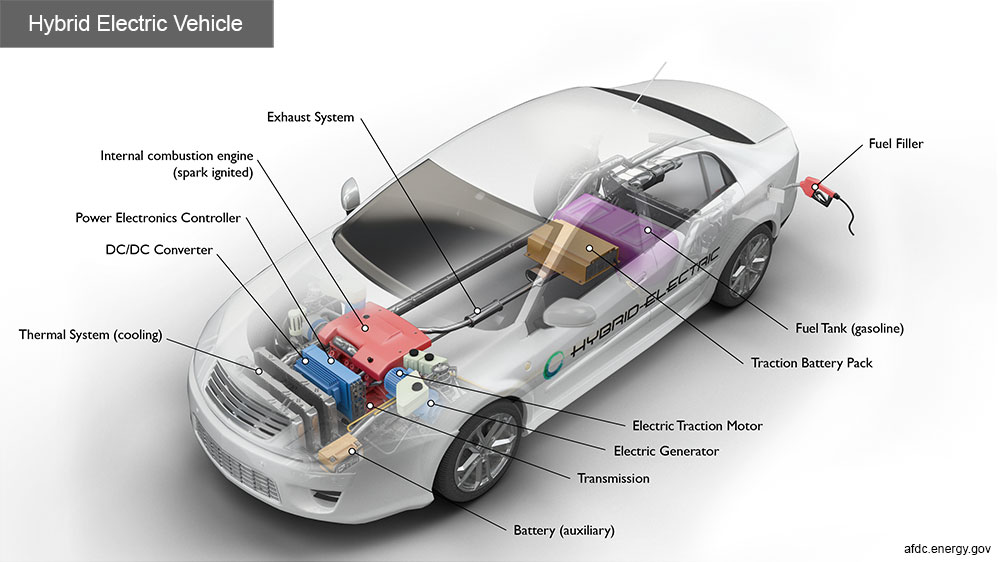With the ongoing changes in the automotive world, new technology is taking over the previous one. One such technology that recently took over the combustion of diesel and petrol engines is – the Hybrid engine. Now, the question is, what exactly is a Hybrid car, and how is it so fuel efficient? How does this work?
Well, a hybrid car uses at least one electric motor with a gasoline engine to propel itself, and its system recaptures energy through regenerative braking. Sometimes the electric motor, occasionally the gas engine, and sometimes both do all of the work. As a result, less gasoline is burned, improving fuel economy. Adding electricity can even increase performance in some circumstances.
Electricity is provided via a high-voltage battery pack (different from the car’s conventional 12-volt battery) that is recharged by capturing energy from deceleration that would otherwise be squandered owing to the heat generated by the brakes in standard cars. (This is accomplished through the use of the regenerative braking system.) The gas engine is also used in hybrids to charge and maintain the battery.
Hybrid Vehicle Types
Hybrid engines are categorized into several categories based on the technology it follows. Every engine comes up with its unique pros and cons. The brands that are widely popular for their Hybrid Cars are Lexus, Toyota, and Hyundai.
 Parallel Hybrid
Parallel Hybrid
In this most common configuration, the electric motor(s) and gasoline engine are connected in a shared gearbox that mixes the two power sources. This transmission could be manual, automatic, or continuously variable (CVT). A popular hybrid transmission is a power-split CVT used in the Toyota Prius and Chevrolet Volt. The transmission type and the size of the gasoline engine are the essential characteristics that dictate how a parallel hybrid accelerates, sounds, and feels. Toyota, Lexus, Hyundai, Kia, Ford, Honda, Lincoln, Nissan, and Infiniti manufacturers use a similar design.
Series Hybrid
This setup has no mechanical connection between the engine and the wheels; just the electric motor(s) provide the push. The gasoline engine’s sole purpose is to charge the battery. This produces a more electric-like driving experience, with smoother, more powerful acceleration. There is usually less vibration when the gasoline engine starts. However, because that engagement does not always happen with what your right foot is doing (remember, the battery is making the demands), the engine may be revving up while the automobile is moving at a constant speed. This behavior is upsetting to some people. A BMW i3 with a range extender is an example of a series hybrid.
Also Read: BMW Is Not Giving Up on Hydrogen EV Cell
Plug-in Hybrid
A plug-in hybrid builds on the original hybrid concept by including a significantly bigger battery pack that, like the battery pack in an electric car, must be fully recharged. This enhanced energy storage is comparable to having a larger petrol tank: It permits extended all-electric driving (varying from 15 to 55 miles depending on model) and has the potential to reduce fuel usage significantly. If you have a short commute and charge your phone every night, you’ll be out of charge for most of the day. When the all-electric range is exhausted, the vehicle reverts to a conventional parallel hybrid. A plug-in vehicle is displayed above, the Chrysler Pacifica plug-in hybrid.
Mild Hybrid
All of the above are “full hybrids,” which means the electric motor can move the car independently, even for a short distance. It is not possible in a “mild” hybrid. The electric motor in a mild hybrid, like that in a full hybrid, supports the gasoline engine to enhance fuel economy, increase performance, or both. It also has an automatic start-stop system, it automatically shuts off the engine when the car comes to a stop to save the fuel.


